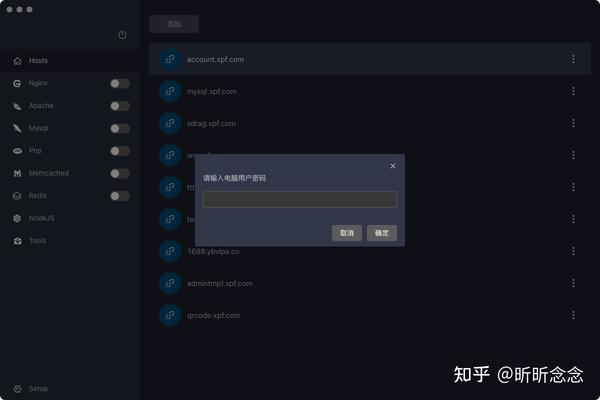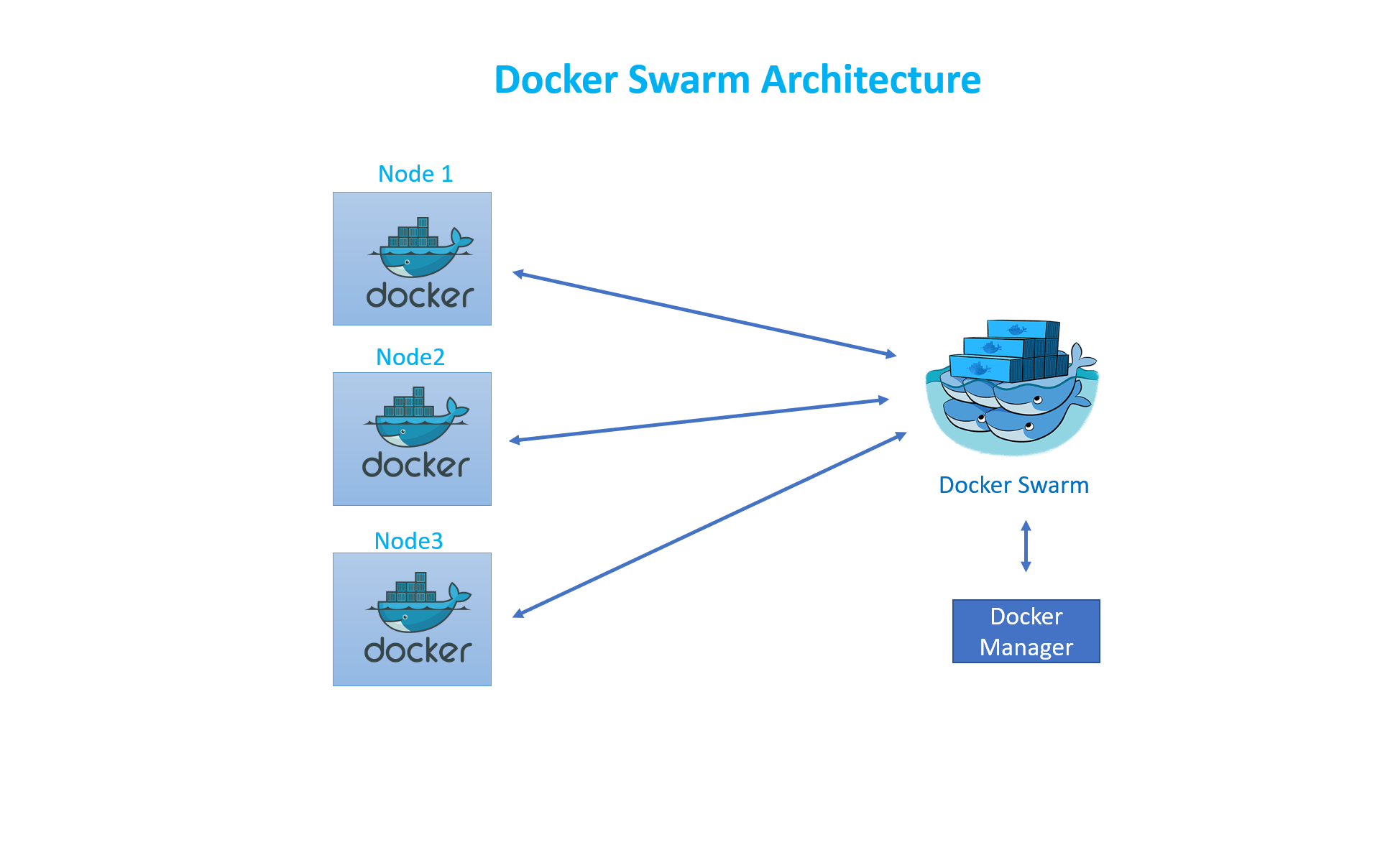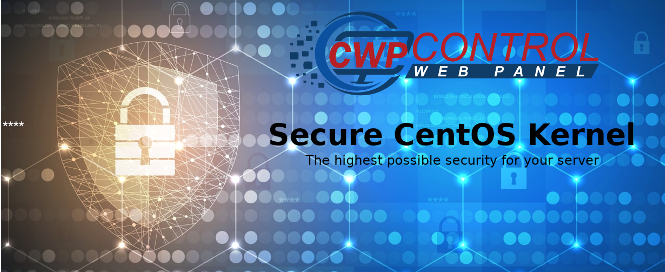

BREW DOCKER UPDATE
TL DR: pick another prefix at your peril!īrew update -force -quiet chmod -R go-w " $(brew -prefix ) /share/zsh" If you decide to use another prefix: don’t open any issues, even if you think they are unrelated to your prefix choice. The main reason Homebrew just works is because we use bottles (binary packages) and most of these require using the default prefix. Building from source is slow, energy-inefficient, buggy and unsupported. Many things will need to be built from source outside the default prefix.
BREW DOCKER INSTALL
However, you shouldn’t install outside the default, supported, best prefix. Technically, you can just extract (or git clone) Homebrew wherever you want.
BREW DOCKER WINDOWS 10
Alternative Installs Linux or Windows 10 Subsystem for LinuxĬheck out the Homebrew on Linux installation documentation. in automation scripts), prepend NONINTERACTIVE=1 to the installation command. If you want a non-interactive run of the Homebrew installer that doesn’t prompt for passwords (e.g. This will make Homebrew install formulae and casks from the homebrew/core and homebrew/cask taps using local checkouts of these repositories instead of Homebrew’s API. You can use geolocalized Git mirrors to speed up Homebrew’s installation and brew update by setting HOMEBREW_BREW_GIT_REMOTE and/or HOMEBREW_CORE_GIT_REMOTE in your shell environment with this script:

A 64-bit Intel CPU or Apple Silicon CPU 1.It’s available on Homebrew/brew’s latest GitHub release. pkg installer also installs Homebrew to its default prefix ( /opt/homebrew for Apple Silicon and /usr/local for macOS Intel) for the same reasons as above. You have to confirm everything it will do before it starts. It tells you exactly what it will do before it does it too. It is a careful script it can be run even if you have stuff installed in the preferred prefix already. This prefix is required for most bottles (binary packages) to be used. The script installs Homebrew to its default, supported, best prefix ( /opt/homebrew for Apple Silicon, /usr/local for macOS Intel and /home/linuxbrew/.linuxbrew for Linux) so that you don’t need sudo after Homebrew’s initial installation when you brew install.

So one gives you the connectivity to container-exposed ports to apps running on the mac and trying to connect to localhost:portĪnd the second the inverse, if something in the container wants to attach to a port on the host.Instructions for a supported install of Homebrew are on the homepage.
BREW DOCKER PORTABLE
So you create a dummy loopback ip, so you can access your OSX-host ports from without containers using 10.254.254.254:9000 - this is portable and basically gives you all you need to develop like you have used to during a xdebug session were your IDE listens on port 9000 on the OSX-host-localhost and the container running FPM/PHP should attach to this osx-localhost:9000 on the mac, you need to do this: If you want to attach to a port you offered on the OSX host, from within a container, e.g. You do not really export anything in particular, you rather make them accessable as a whole from all containers ( all ports of the OSX-host-localhost)

BREW DOCKER CODE
If you experience performance issues with code shares on OSX with docker containers, check - it is compatible with docker-for-mac ( hint: i am biased on this one )Įxport ports from the OSX-host to a containter.when you now do docker run -p 3306:3306 percona it will bind 3306 on the osx-host-localhost, thus every other osx-tool trying to attach to localhost:3306 will work ( very useful ) just as you have been used to it when you installed mysql using brew install mysql or likewise.Its based on a special xhyve stack which reuses your hosts network stack First, use/install docker-for-mac instead of dockertoolbox or others.To solve those issues elegantly Expose ports to OSX localhost from the container The exposed ports of the container are not exposed to OSX host localhost, but rather OSX Docker-VM-ip. This VM has, of course, its own network stack and own IP on the host, and thats were your tools will have issues with. Your issue is most probably that you are using dockertoolbox or dhingy/dlite or anything else providing a full-fledged linux VM, which then hosts docker to run your container inside this VM.


 0 kommentar(er)
0 kommentar(er)
